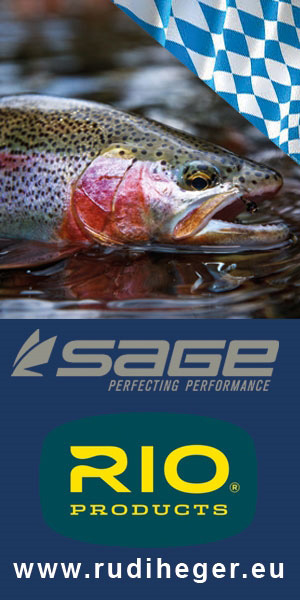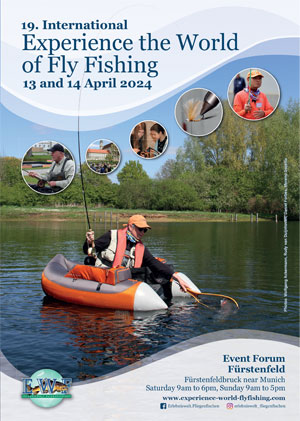‘We need to sit on the rim of the well of darkness and fish for fallen light with patience’ – Pablo Neruda
There’s an old saying which goes: “If there is enough blue in the sky in the morning to make a pair of sailor’s trousers then it will be a sunny afternoon” – well, for the past week (end of July), the sailor would have had to have done without his trousers as each day was marked with heavy overcast skies and thundery downpours.

Typically, this was the week which I decided to take off as annual leave with enthusiastic plans to fish Ireland’s angling jewel myself, independently armed with my own ‘hands on’ knowledge to write this report. While I can give a painfully detailed account of the weather, the same cannot be said of actually landing a trout. Weather has always had a big bearing on how this lake fishes and in particular wind directions, strengths and frequency of changes. The lake at the moment is discoloured, a combination of the warm weather, previous lack of rain and a regurgitation of Sheelin’s eutrophic past and some of its present.
Since the early 1970’s Lough Sheelin has had and still has a problem with excessive nutrient loading. Science as defined by the Collins dictionary is ‘the study of natural things and the knowledge that we obtain from them’ and there has been a huge amount of study done here, both within the Sheelin catchment and on the lake itself, providing us with invaluable information. However, it must be also remembered that useful as it is, science cannot put a value on anything, only we as caretakers of this unique stretch of water can. On a more positive note, cooler temperatures and more rain will inevitably clear the waters and return clarity here.


Day time fishing was still all about fishing the wets and on the blind and it was the Silver Invicta, Pearly Invicta, Mallard & Claret, Dunkeld, Raymond, Dabblers (Silver, Peter Ross and Claret) and the Bumbles that achieved the highest successes. The Silver Invicta is very much a staple on Sheelin and has proved itself consistently down through the years.
This trout fly is great all year but best in late summer to autumn. Designed long ago by James Ogden, it is a complex pattern that has lived on because of its effectiveness. The pattern suggests insects and really resembles caddis and also small fry. It is a great pattern to use during a sedge fly rise, probably imitating a hatching caddis or returning egg-laying female caddis that descends beneath the water.
The trout are still latched on to the fry – this and the discoloured water meant that a good choice of fly was something with a bit of bling or glitter in it, perhaps silver wound into the body. On failing with this, avoiding those areas where the shoals predominated would be perhaps the best plan of action. Generally smaller fish were being caught in the shallows while the 3lb plus weights were in the deeper cooler areas.
Read the full report here.






